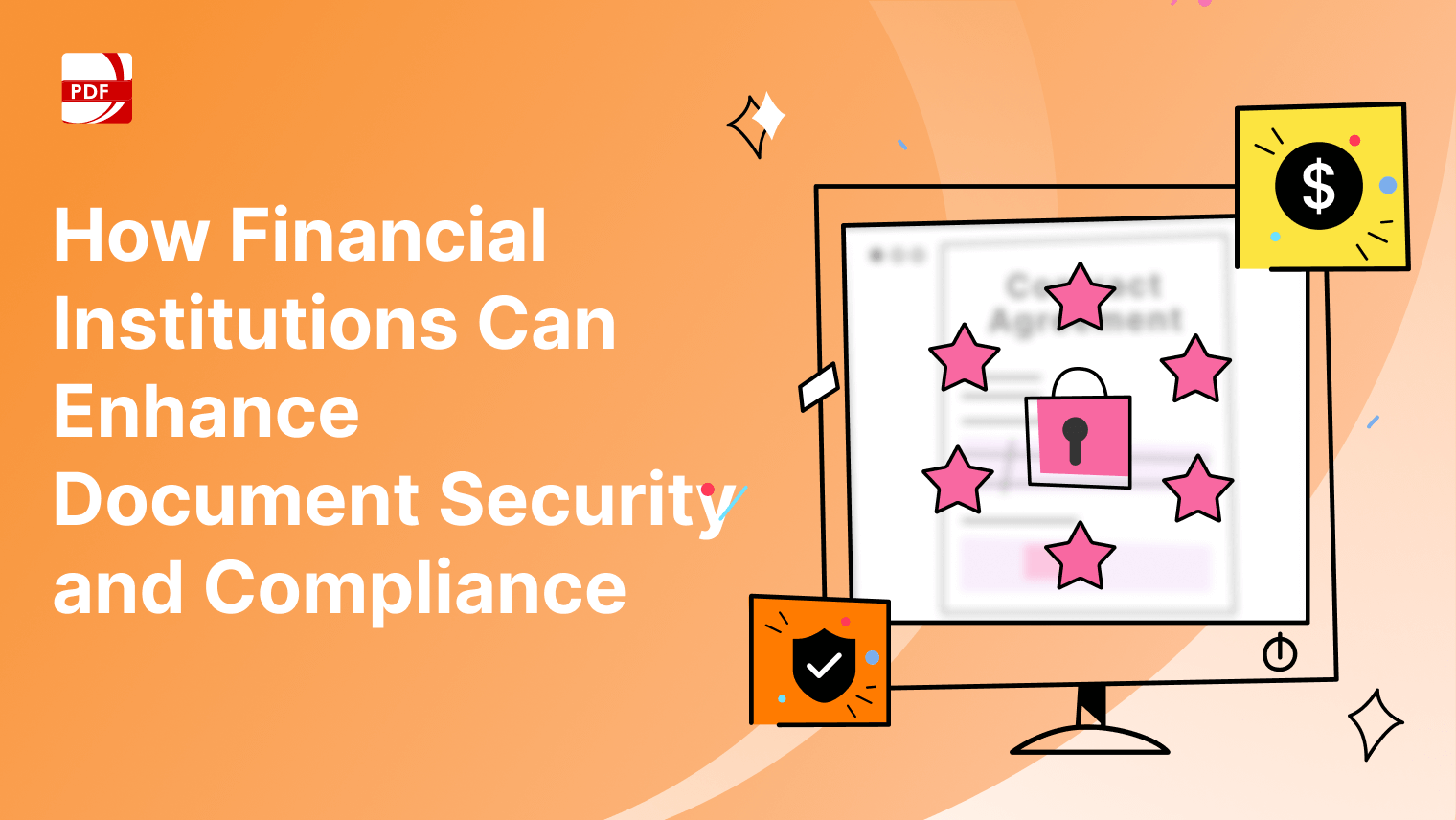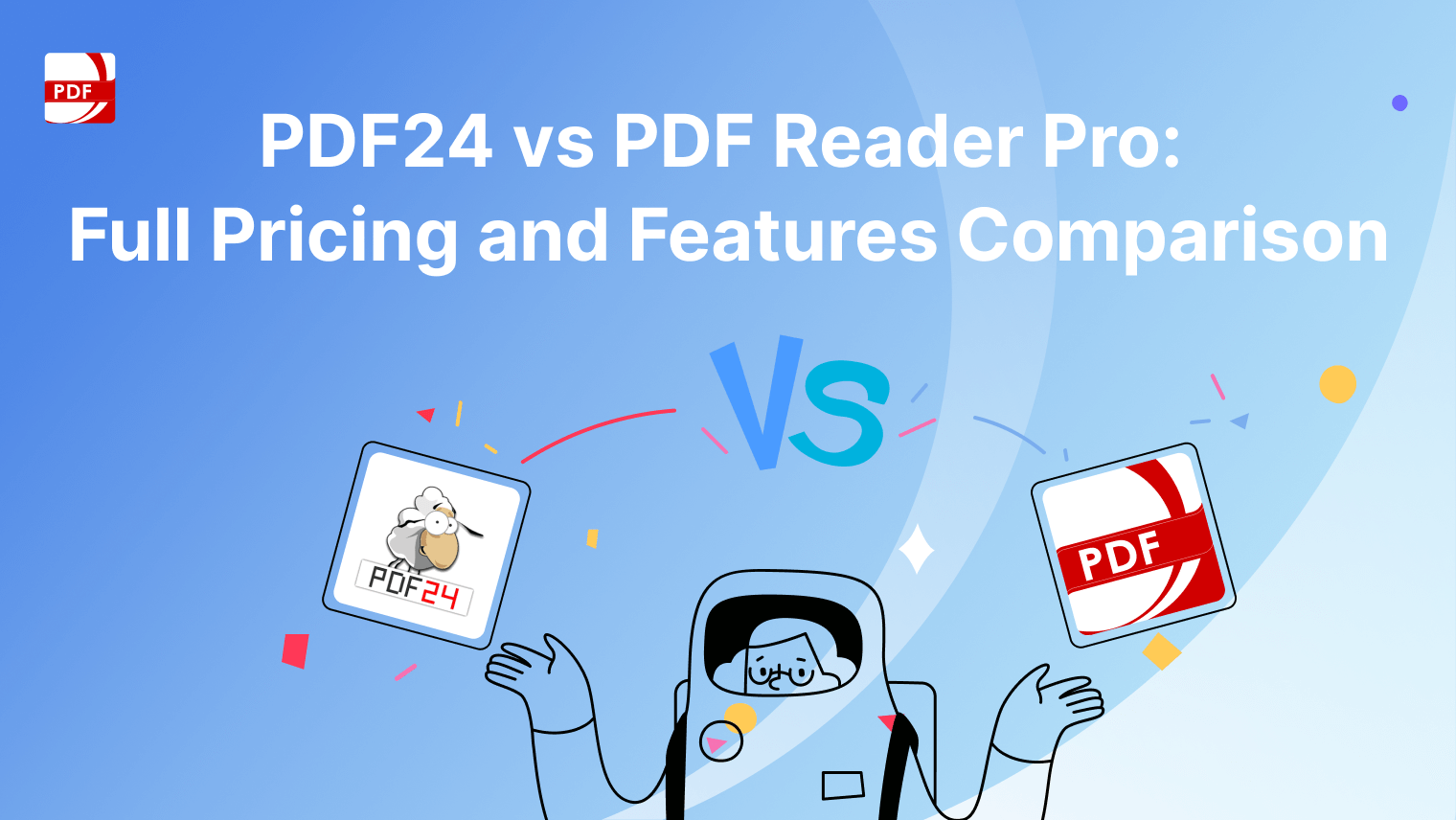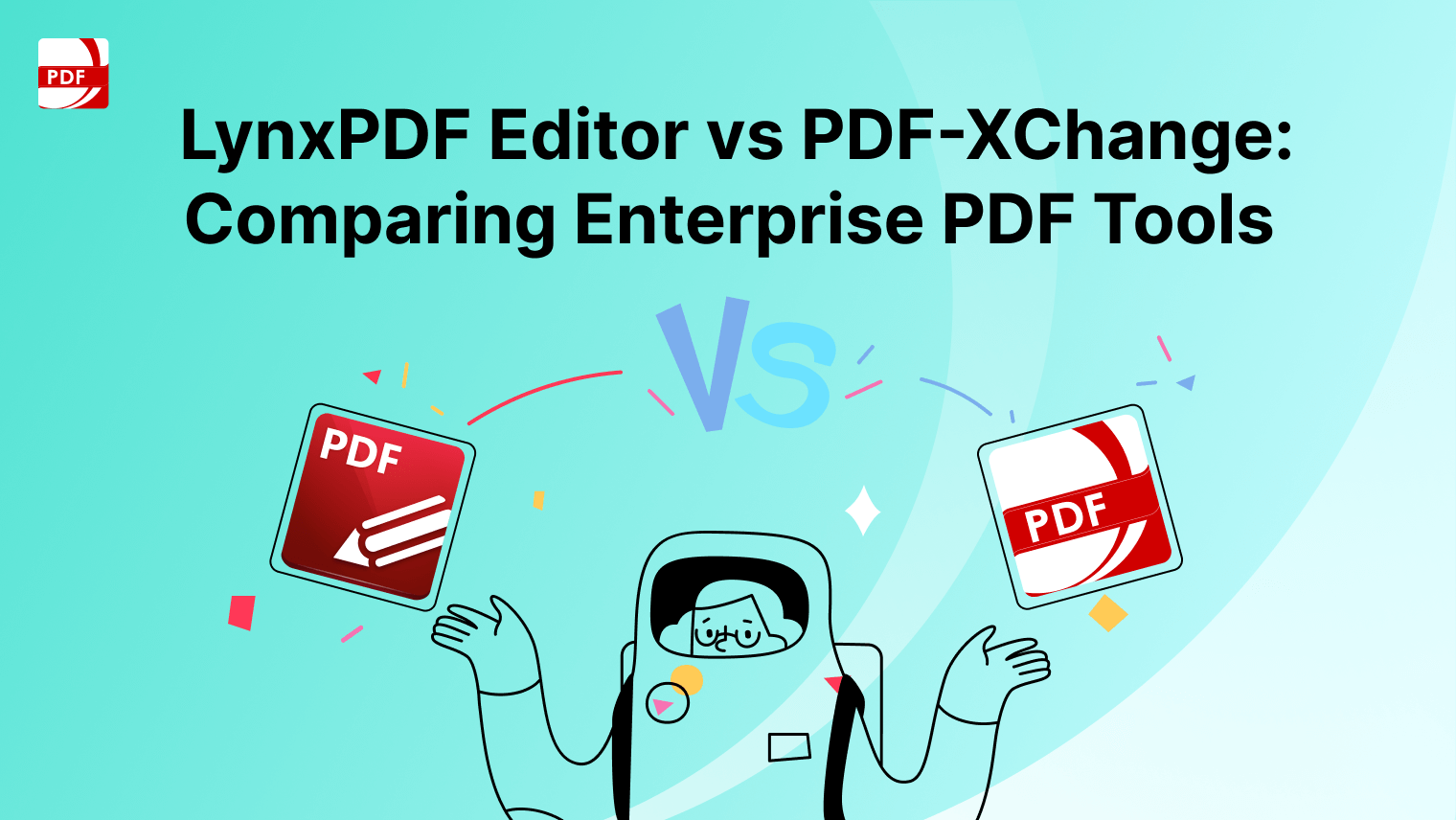In a business setting, the ability to print to PDF is crucial. It integrates seamlessly into enterprise workflows, facilitating document sharing, archiving, and compliance processes, ensuring that documents look the same on all computers.
Understanding Print to PDF and Its Applications
The Print to PDF function acts as a virtual printer within various operating systems and software. When you choose to print a document to PDF, the system generates a PDF file as if it were printing the document on paper. This feature is natively supported in operating systems like Windows, macOS, and Linux, each incorporating it slightly differently but maintaining the same core functionality.
While exporting or saving a document as a PDF is a direct conversion from the original software format to PDF, printing to PDF simulates the printing process. This method captures the document as it would appear if printed physically, ensuring all visual elements are preserved in the final PDF, which might not be the case when you simply export or save.
Common Enterprise Use Cases
Documentation Needs: Enterprises frequently use the PDF format for generating official documents such as reports, contracts, and invoices. The consistency and reliability of PDF ensure that these documents maintain their formatting and are legally binding when shared or archived.
Security and Compliance: Creating read-only versions of documents is another critical application of printing to PDF in a business environment. This functionality is essential for distributing documents that should not be altered after completion, such as policy guidelines or company announcements. PDFs can also be encrypted with passwords for additional security, ensuring that only authorized viewers can access sensitive information.
 Jane Doe
Jane Doe
Preparing to Print to PDF
Before diving into printing documents as PDFs, it's crucial to ensure that your setup is optimized for the best possible output. This includes having the right tools at your disposal and configuring your system settings to maintain document integrity and appearance.
Ensuring You Have the Right Tools
Built-in Print to PDF Function: Before proceeding, check if your operating system includes a built-in "Print to PDF" feature. Most modern operating systems like Windows 10 and macOS provide this option directly from the print dialog. This functionality allows you to convert documents to PDF format without needing additional software.
Installing LynxPDF Editor: For more advanced PDF printing options, installing LynxPDF Editor is recommended. This software offers enhanced control over the PDF creation process, including security settings, document merging, and annotations, which are particularly useful for enterprise applications.
Configuring Printer Settings
Adjusting Default Printer Settings: To ensure the highest quality PDF output, adjust your default printer settings within the LynxPDF Editor or your system’s print dialog. This includes setting the 'Print to PDF' option as the default printer to avoid switching settings frequently.
Selecting Paper Size, Orientation, and Resolution: Choose the appropriate paper size (e.g., A4, Letter), orientation (portrait or landscape), and resolution based on the document’s requirements. Higher resolution is crucial for documents containing detailed graphics or fine print.
Verifying Document Formatting
Consistency in Fonts, Images, and Layouts: Before printing to PDF, make sure that all fonts are embedded correctly, images are in high resolution, and the document layout appears as intended. This step is vital to prevent any shifts in formatting or readability issues in the final PDF.
Checking Page Breaks and Spacing: Carefully review the document for any unintended page breaks or spacing issues that could affect the flow or presentation of information. Adjust the formatting in the original document before printing to PDF to ensure that the final output meets your expectations.
Method 1: Using Built-in Print to PDF
Both Windows and macOS offer built-in solutions for converting documents into PDF files, making it easy for users to create high-quality PDFs directly from any application that supports printing.
Overview of Built-in System Features
-
Windows: Microsoft Print to PDF
Windows includes the Microsoft Print to PDF virtual printer. It's designed to create PDFs from any document within any application that has printing capabilities. This feature is integrated seamlessly into the operating system, ensuring easy access and simplicity in converting documents to PDF format. -
macOS: Print to PDF via Preview
On macOS, the PDF printing capability is integrated into the Preview application and other document viewing software. Users can convert documents to PDFs using the print function, which is robust and highly compatible with various file formats, providing flexible document management.
Step-by-Step Guide
-
Opening the Document
Open the document you wish to convert to PDF in any application that supports printing. This could be a word processor like Microsoft Word, a spreadsheet program like Excel, or any other software that allows document editing and viewing. -
Selecting "Print to PDF" as the Printer
Navigate to the 'File' menu and select 'Print,' or use the Ctrl+P (Windows) or Cmd+P (macOS) shortcut. In the printer selection dropdown, choose 'Microsoft Print to PDF' on Windows or the 'Save as PDF' option on macOS.
-
Adjusting Print Settings and Saving the Output File
Before finalizing the print, adjust necessary settings such as orientation, paper size, and resolution. On Windows, after clicking 'Print,' a window will prompt you to choose a location to save the PDF.
On macOS, the system will provide options to add additional metadata such as title, author, and subject before saving. Choose your desired settings and location, then save the file to convert your document to a PDF.
Method 2: Printing to PDF with LynxPDF Editor
LynxPDF Editor enhances the process of converting documents to PDF by offering a range of advanced tools and settings that go beyond the basic functionality found in many built-in systems.
Why Use LynxPDF Editor Instead of Default System Tools?
-
Advanced Formatting Options:
LynxPDF Editor goes beyond basic PDF creation by offering advanced formatting options. These include detailed control over font embedding, color management, and layout settings, ensuring that the output matches the quality and precision required for professional documents. -
Secure PDF Printing:
Security is paramount in enterprise environments, and LynxPDF Editor addresses this by providing options to encrypt PDF files and add watermarks. These features help protect intellectual property and prevent unauthorized sharing or modification of sensitive documents.
Step-by-Step Guide
-
Opening the Document in LynxPDF Editor:
Start by launching LynxPDF Editor and opening the document you want to convert to PDF. LynxPDF Editor supports a wide range of file types, allowing you to directly open and convert documents within the editor. -
Selecting "Print" and Choosing "LynxPDF Printer":
With your document open, go to the 'File' menu and select 'Print', or simply press the print shortcut (usually Ctrl+P or Cmd+P). In the printer options that appear, select 'LynxPDF Printer' as your printer choice. This directs the document to be processed through LynxPDF Editor’s PDF conversion engine.
-
Configuring Page Layout, Margins, and Print Quality:
Before finalizing the print, configure the necessary settings such as page layout, margins, and print quality. LynxPDF Editor allows detailed customization, including specific dpi settings for high-resolution output and margin adjustments to ensure the content fits perfectly on the page.
-
Saving the Final PDF in a Preferred Location:
Once all settings are adjusted and you are ready to print, the software will prompt you to save the PDF. Choose your preferred file location, name your document, and apply any additional security settings such as passwords or encryption at this stage. Save the file to complete the process, ensuring your PDF is ready for distribution or archival with all specified settings applied.
 Jan Stiedemann
Jan Stiedemann
Method 3: Batch Printing Multiple Documents to PDF
Batch printing to PDF is a highly efficient feature for handling multiple documents at once, saving time and reducing manual effort in busy work environments.
Why Batch Printing is Useful for Enterprises
-
Automating Repetitive Document Conversions:
Batch printing to PDF allows for the automation of converting multiple documents at once, which is highly beneficial in enterprise settings where numerous documents need consistent formatting and conversion. This automation saves significant time and reduces the likelihood of errors in individual conversions. -
Reducing Manual Work and Improving Efficiency:
By enabling batch printing, enterprises can minimize the manual effort required to process each document individually. This not only speeds up the workflow but also frees up employee time for more critical tasks, thereby enhancing overall productivity and operational efficiency.
Step-by-Step Guide
-
Selecting Multiple Documents in LynxPDF Editor:
Open LynxPDF Editor and navigate to the file management area. Here, you can select multiple documents you wish to convert to PDF. Hold down the 'Ctrl' key (Windows) or 'Cmd' key (macOS) while clicking to select multiple files, or use the shift key to select a range of files in a list. -
Setting Uniform Print Settings for Consistency:
Once the documents are selected, access the print settings. Set uniform print settings for all the selected documents to ensure consistency across the output files. This includes configuring the same page size, orientation, resolution, and any specific settings like watermarking or security features that need to be applied to all documents. -
Printing and Saving All Files in Bulk:
After setting the print options, proceed to print the documents as a batch. LynxPDF Editor will process each file according to the specified settings and save them to a designated folder. Ensure that you have specified a saving location that can handle multiple files and where the PDFs can be easily accessed post-conversion. This step concludes the batch printing process, resulting in a set of uniformly formatted PDF documents ready for use.
Download PDF Reader Pro
Ready to get started with our PDF editor? Download the latest version of PDF Reader Pro for Windows or Mac down below:


 Admin Console
Admin Console Custom Business Stamps
Custom Business Stamps System Integration
System Integration Digital Signatures
Digital Signatures
Best Practices and Tips
When working with PDFs, especially in a business context where accuracy and efficiency are paramount, there are several best practices and tips that can help streamline processes and ensure high-quality outputs. Here are some key strategies:
-
Standardize PDF Settings Across the Organization:
Implement standardized settings for creating PDFs to maintain consistency across all documents. This includes predefined resolution, font embedding, color settings, and security measures such as encryption and watermarking. Ensuring everyone uses these settings can prevent discrepancies and maintain brand integrity. -
Utilize Templates and Forms:
For frequently used document types like reports, invoices, or forms, create and use templates. This not only speeds up the document creation process but also ensures that all necessary information is included and uniformly formatted, reducing the likelihood of errors. -
Maintain Regular Software Updates:
Keep your PDF software, whether it’s LynxPDF Editor or another tool, up to date. Software updates often include important security patches, enhancements, and new features that can improve performance and compatibility. -
Educate Employees on PDF Tools and Processes:
Provide training for your staff on how to use PDF tools effectively, especially focusing on features like batch processing, editing, and secure sharing. Knowledgeable employees are more likely to use PDF tools efficiently, which can enhance productivity. -
Optimize PDFs for Web and Mobile Viewing:
When preparing documents that will be viewed on mobile devices or online, optimize PDFs for these platforms. This includes reducing file size for quick loading times and ensuring documents are readable on smaller screens. -
Implement Access Controls and Permissions:
For sensitive documents, use the advanced security features of your PDF software to control who can view, edit, print, or share the PDFs. Setting permissions ensures that confidential information remains protected. -
Audit and Manage PDF Archives Regularly:
Keep your PDF archives organized and conduct regular audits to ensure that all documents are correctly indexed and stored. This helps in maintaining compliance with industry regulations and makes retrieval faster and more efficient. -
Enable Collaboration Features:
Leverage features that allow for multiple users to review and comment on documents simultaneously. Tools like annotations, comments, and track changes can facilitate effective collaboration among team members.
By implementing these best practices and tips, organizations can make the most of their PDF management tools, improving both productivity and document security.
FAQ
How can I reduce the file size of a PDF?
To reduce the size of a PDF, consider compressing images, removing unnecessary fonts and elements, and using PDF optimization tools available in PDF editing software. These tools can significantly reduce the file size without compromising too much on quality.
What should I do if my PDF isn’t printing correctly?
Check the print settings in your PDF software and ensure that the correct printer is selected. Adjust the print preferences such as orientation, paper size, and print quality. Also, make sure that the document's formatting aligns with your printer's capabilities.
Can PDFs be converted back to other formats?
Yes, PDFs can be converted back to other formats such as Word, Excel, or image files using PDF conversion tools. This feature is useful when you need to edit data originally in PDF form or use the information in a different software environment.
Are there any legal considerations with using PDFs?
When using PDFs for legal documents, ensure that the document is compliant with legal standards such as being searchable, archivable, and accessible. Also, consider using features like timestamps and digital signatures to provide additional legal authenticity and traceability.















 Support Chat
Support Chat